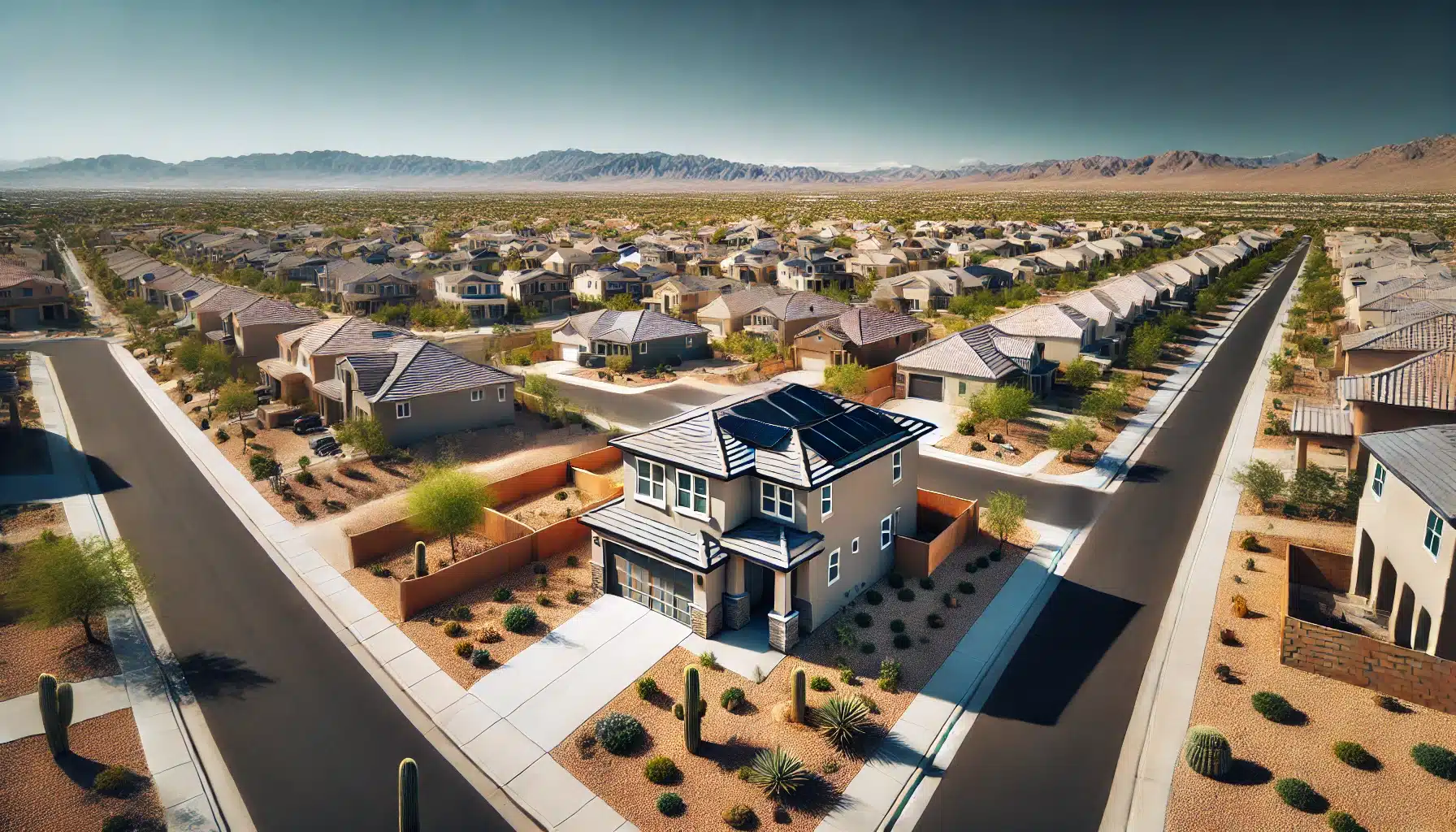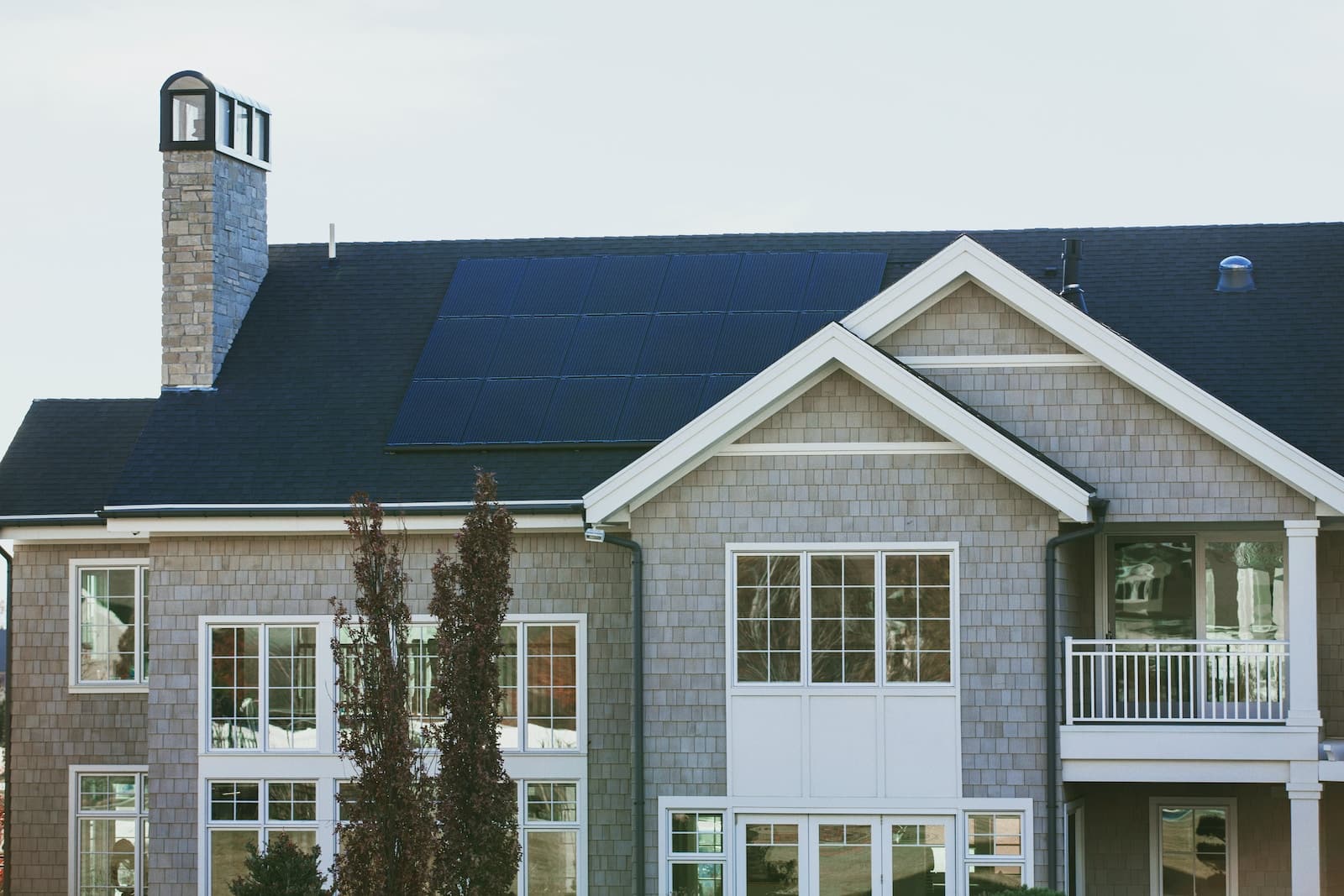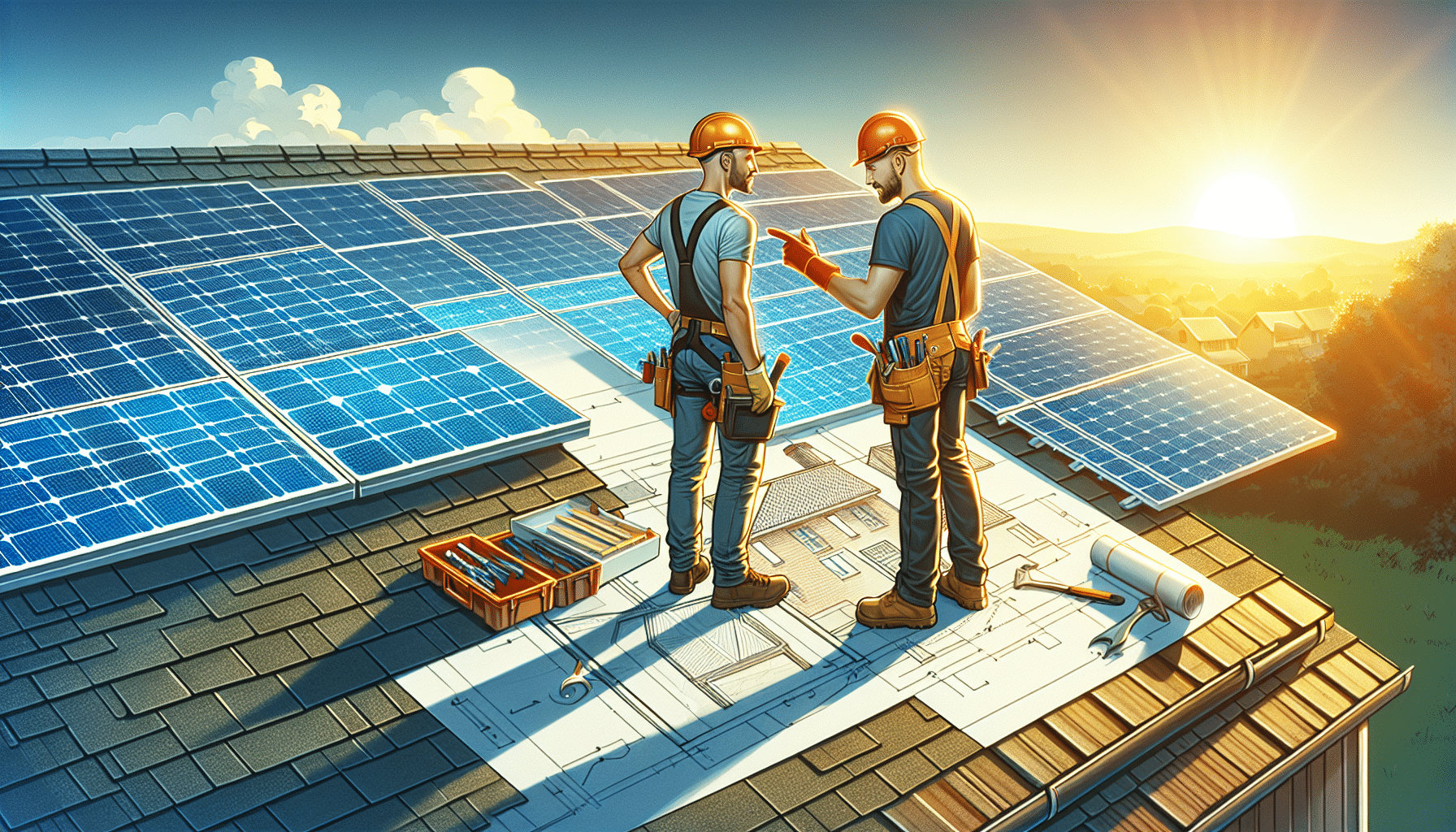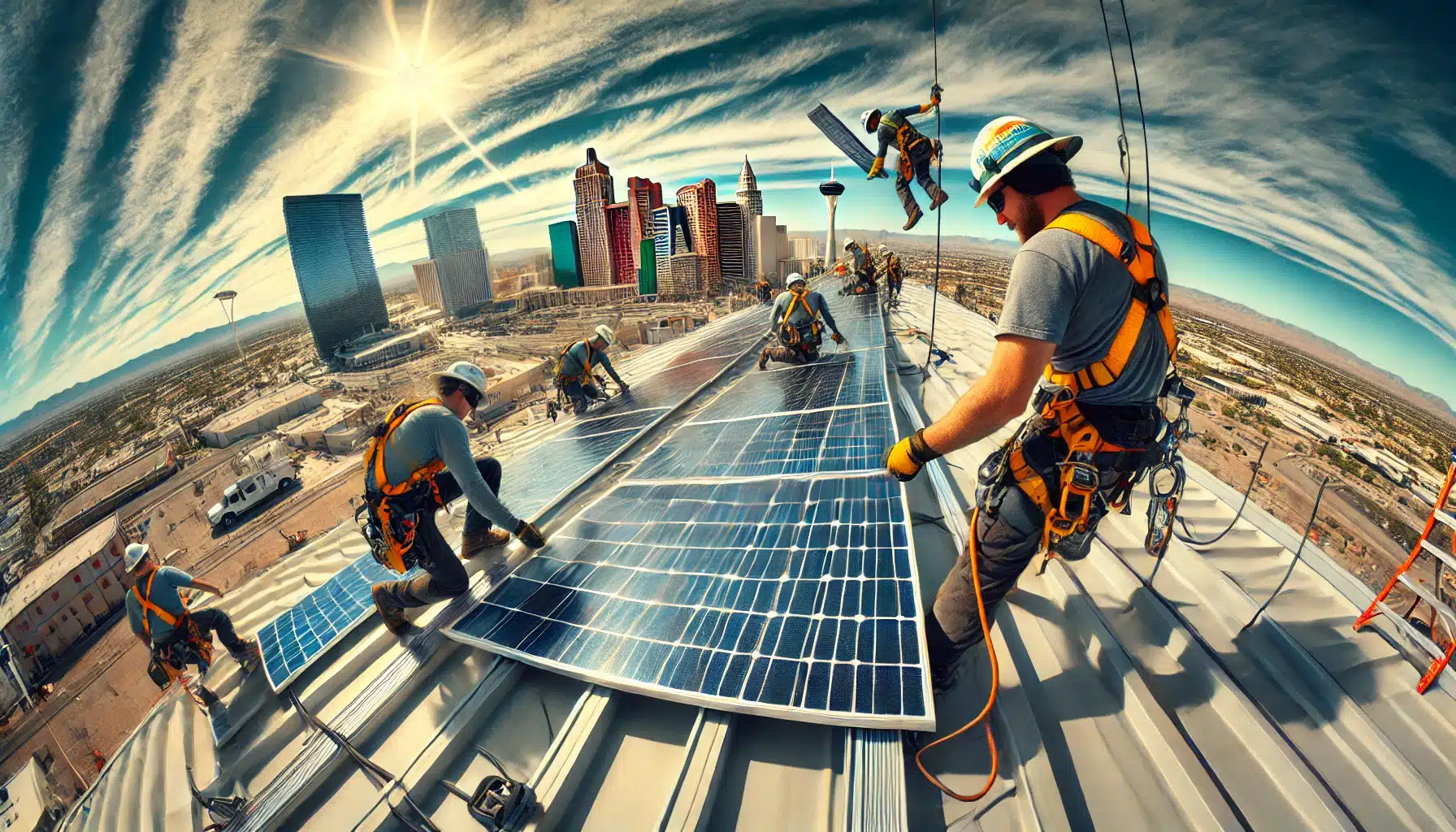Key Takeaways
- Solar clipping occurs when solar panels generate more energy than the inverter can convert, leading to some energy loss, but it’s a normal part of a well-designed system.
- Proper system sizing and strategic design can mitigate the effects of solar clipping, optimizing energy production and system efficiency.
- Understanding solar clipping and its causes helps homeowners maximize the performance and savings of their solar energy systems.
Solar energy is more accessible than ever, with homeowners increasingly opting for solar panels to reduce electricity bills and decrease their carbon footprint. But as many renewable energy enthusiasts find out, there’s more to managing a solar energy system than simply installing panels.
One concept that can dramatically impact your system’s efficiency is solar clipping.
This article explores the ins and outs of solar clipping, offering valuable insights for anyone looking to maximize their solar energy system. By grasping this concept, you can make better decisions about your system’s design and performance.
What is Solar Clipping?
Solar clipping refers to the phenomenon when your solar panels generate more power than your inverter can convert into usable electricity. This occurrence results in energy being wasted or “clipped off.” It’s a common term in the solar industry, also known as inverter clipping or solar inverter clipping.
Despite sounding negative, solar clipping is a normal aspect of solar panel performance. It simply happens when the energy production from the solar panels surpasses the inverter’s capacity, often during peak sunlight hours.
While it might seem counterintuitive, some degree of clipping is expected in well-designed systems, balancing cost and performance. Understanding how and when solar clipping occurs can help you plan a more efficient system.
It’s important to note that solar clipping does not damage your solar panels or inverter. Instead, it indicates an opportunity to optimize system performance through strategic design considerations.
While unavoidable at times, there are methods to minimize its occurrence and maximize your solar system’s efficiency.
Understanding Solar Inverter Clipping
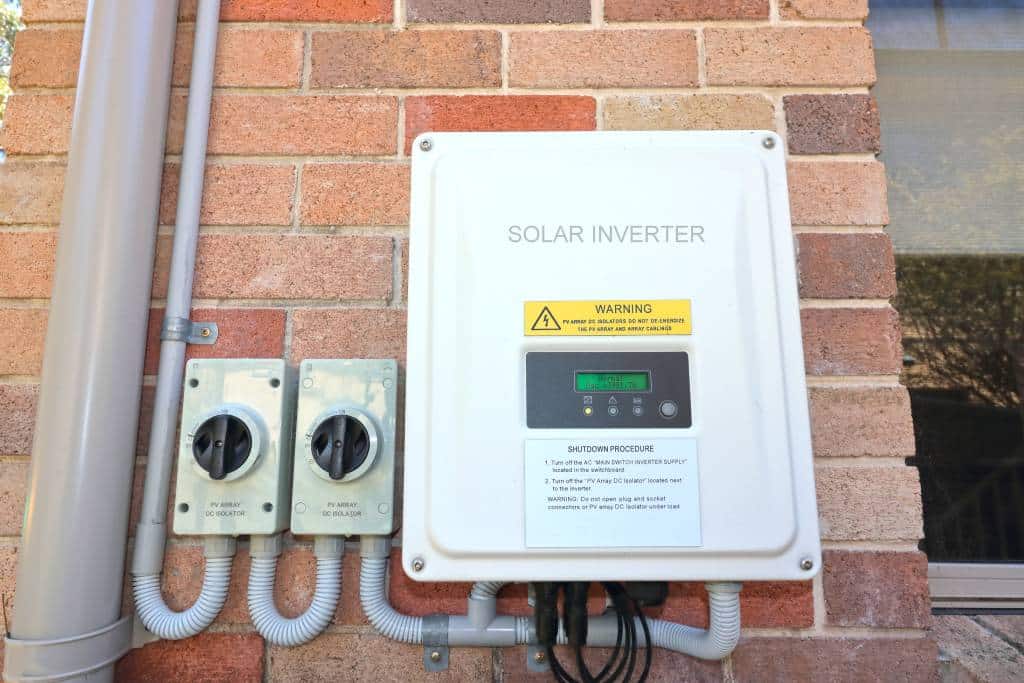
Solar inverter clipping is a direct result of an oversized solar panel array producing more power than the inverter can handle. This situation often arises during peak sunlight hours when your panels are working at full capacity, surpassing the inverter’s limits.
While it might sound problematic, inverter clipping is not inherently harmful. Properly oversized systems ensure that you’re getting more efficient use out of your inverter, even if it means occasional clipping.
The balance lies in leveraging the inverter’s capacity to maximize energy conversion without causing damage. Moreover, understanding when clipping is likely to occur allows for adjustments that can reduce unnecessary energy losses.
Inverter clipping is more likely to occur in households with smaller capacity systems that are oversized or have high daytime energy use. Understanding the factors that lead to clipping helps you design a system that meets energy needs efficiently, without unnecessary losses.
Causes and Effects of Solar Clipping
Solar clipping often results from a mismatch between the energy generated by the solar panels and the inverter’s capacity. When the panels produce more energy than the inverter can convert, the excess energy is clipped off, leading to energy loss.
The extent of clipping can vary based on factors such as sun exposure, array size, and inverter capacity. While clipping does not harm your solar array or inverter, it can reduce the overall efficiency of your solar energy system. Excessive clipping could also create inconsistencies in the power supply, affecting energy reliability. By understanding these dynamics, you can better manage and optimize your solar setup.
The key is understanding that some clipping is acceptable as part of solar panel performance. However, excessive clipping should be addressed to optimize energy production and maximize cost savings. Monitoring and adjusting system components can help mitigate the effects of clipping.
Sizing and Efficiency Considerations
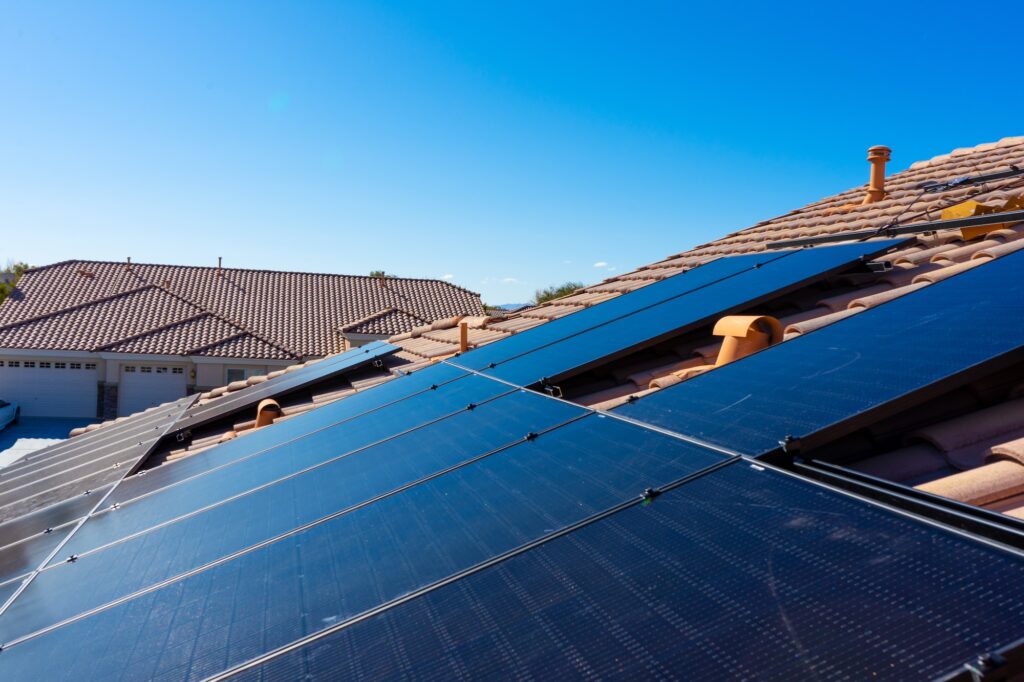
Proper sizing of your solar system plays a crucial role in managing solar clipping. Oversizing the solar panels can lead to clipping, but it’s a common and normal part of solar panel performance.
A useful metric for understanding the likelihood of inverter clipping is the DC to AC ratio. A system with an oversized solar array (more DC) may experience clipping, whereas systems with larger inverters (more AC) are less likely to clip. Striking the right balance is key to achieving optimal performance without unnecessary energy loss.
It’s essential to strike a balance between the DC and AC components of your system. A ratio that’s too heavily skewed toward DC or AC can have unintended consequences, such as voiding warranties or causing stress on components. Thoughtful sizing ensures efficiency without compromising the integrity of your system. Considering your long-term energy needs will help in making informed decisions about your system’s design.
Mitigating Solar Clipping
While solar clipping is a natural aspect of solar energy systems, there are strategies to mitigate its impact on energy production. One approach is finding a balance between energy generation and conversion.
Homeowners can size their inverters to exceed the expected output power from their solar arrays, reducing the likelihood of clipping. Alternatively, downsizing the solar array may be necessary to optimize energy production without unnecessary losses. These adjustments can enhance the system’s overall performance.
Another option is upsizing the inverter to better match the array’s output during peak sunlight. Careful consideration of system components ensures optimal performance while minimizing clipping occurrences. By taking these steps, you can reduce energy loss and improve the return on your solar investment.
Planning for Efficiency Losses and Less Sun
Planning for solar energy system efficiency involves accounting for potential losses and variations in sunlight. Oversizing the system by about 13% can accommodate lifetime loss and sun variability.
For areas located farther from the equator, up to 30% excess panel capacity is recommended. However, being oversized doesn’t necessarily mean increased clipping; instead, it provides ample “optimal” generation capacity beyond the average load. Factoring in these elements ensures that your system remains efficient even under less-than-ideal conditions.
With proper planning, homeowners can minimize energy lost due to solar clipping and ensure a more efficient solar energy system. By anticipating changes in sun exposure and energy needs, you can optimize your system’s performance over time. This forward-thinking approach can make a significant difference in your energy savings.
Conclusion and Final Thoughts
Solar clipping, while a normal part of solar panel performance, presents an opportunity for optimization through thoughtful system design. By understanding the causes and effects of solar clipping, homeowners can make informed decisions to maximize their solar energy system’s efficiency.
Proper sizing and design considerations go a long way in minimizing energy lost due to clipping. By maintaining a balance between energy generation and conversion, homeowners can enjoy significant energy savings and contribute to a more sustainable future. Partnering with a trusted provider like Sun Source Energy ensures that your system is designed to maximize performance and savings.
Ultimately, solar clipping is not a major concern, but it’s crucial to be aware of its impact on your system. Being attentive to your consumption monitoring allows you to make the most of your solar investment and harness the full potential of renewable energy.
Ready to optimize your solar energy system?
Contact Sun Source Energy today to get started on designing a system that maximizes your energy savings and efficiency.
FAQs About Solar Clipping
What is the primary cause of solar clipping, and how can I reduce its impact on my solar energy system?
Solar clipping occurs when your solar panels generate more energy than your inverter can handle, often during peak sunlight hours. To reduce its impact, you can consider upsizing your inverter or adjusting the size of your solar array for better balance.
Does solar clipping damage my solar panels or inverter?
No, solar clipping does not damage your solar panels or inverter. It is a normal part of solar energy production, and while it results in some energy loss, it does not negatively affect your system’s components.
Is it better to oversize my solar array or my inverter to avoid clipping?
The ideal approach depends on your specific energy needs and system design. Oversizing your array can lead to more efficient energy capture, while upsizing the inverter can minimize clipping. Consulting with a solar expert can help you find the right balance.
How does solar clipping affect my overall energy savings?
While solar clipping does result in some energy loss, it is generally minimal and expected in a well-designed system. Proper system sizing and design can ensure that clipping has a negligible impact on your overall energy savings.
Can solar clipping be completely eliminated in my solar energy system?
Completely eliminating solar clipping is challenging and often unnecessary. Some clipping is expected and acceptable in a well-optimized system. The focus should be on minimizing excessive clipping through strategic system design.


